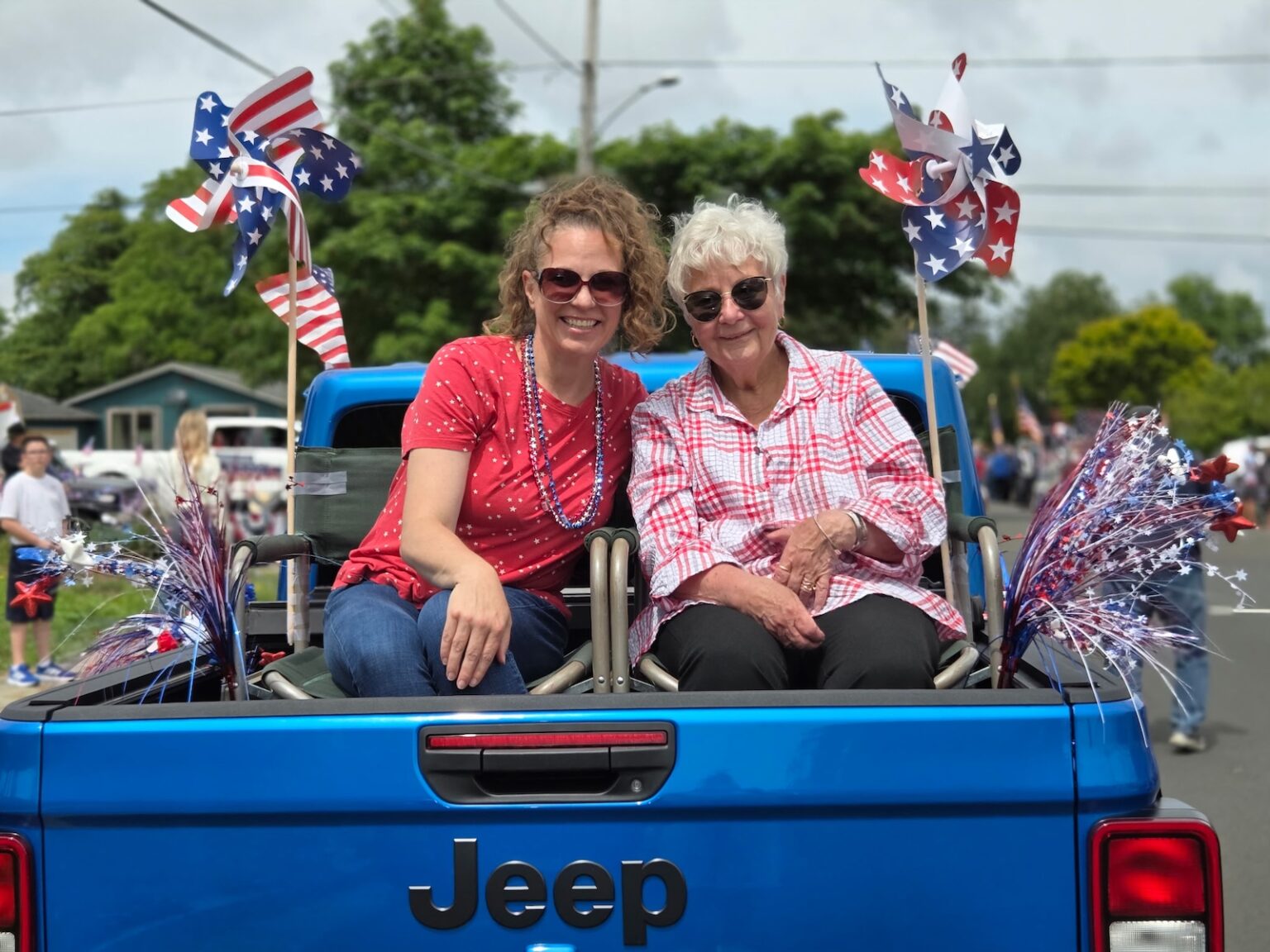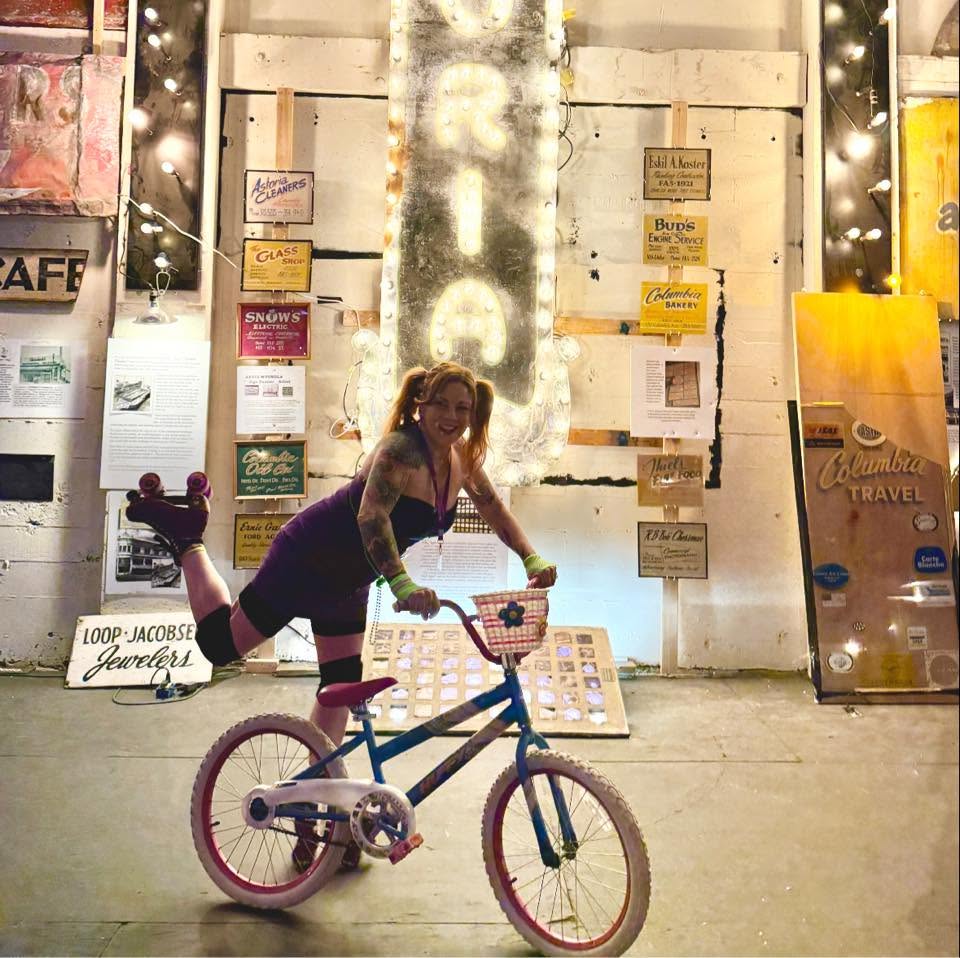Trolley on track for spring season
Published 4:00 pm Wednesday, February 21, 2007
The passengers come from Australia, Japan and Russia, and from right up the street. They’re little kids on a class trip, teenagers, grandparents from Warrenton, and honeymooners from Germany.
Trending
They all have one thing in common. They love the Astoria Riverfront Trolley.
Mayor Willis Van Dusen understands. Bringing the trolley here is his dream come true. “Our community is very proud of the trolley,” he says. “It’s been a huge success. Ridership is very healthy and the trolley’s in perfect condition.”
“It’s the best thing that’s happened to this city since they put the Column up,” says retired optician Carl Abraham. He and his friend Ken Lockett have been motormen and conductors on Old 300 since the antique trolley, acquired in 1998, was restored and refurbished thanks to the efforts and generosity of the entire community. And along with dozens of others, Abraham and Lockett have spent countless hours repairing and maintaining it.
Trending
Recuperating now after a serious medical problem, Abraham can’t do any of the hard repair work on the big red trolley, which has spent the winter in the trolley barn being reconditioned for the spring season. But he still spends most mornings there, giving advice, shooting the breeze and making quick trips to the store for paint and hardware.
The big project this week has been putting the wooden seats back inside the trolley. Abraham says the seats were taken out to replace all the old hardware, most of which had to be special-ordered. They tore the seats completely apart and sent all the metal out to be sandblasted and powder-coated, then put them back together. “The wear was all on the iron. The wood didn’t show any wear at all,” Lockett says.
While that was going on, a group of hardy volunteers took the opportunity to work on the empty interior of the trolley. Andy Schindele used medium brown epoxy boat paint on the formerly gray floor. And he gave the exterior a fresh coat of trolley-red. John Williams went to work on the windows, replacing broken springs on the latches so the windows will stay up instead of falling on people’s fingers. Dale Edwards pitched in to help.
The doors were made easier to open by beefing up the metal structure beneath them. And the air compressors that operate the brakes were overhauled to be less noisy. Lockett says some old parts that have been taken off the trolley over the years because of mechanical problems are being reinstalled, such as rail sanders and a safety guard that pushes debris off the tracks. And he may put the old black trolley poles back on top – just for the looks, of course, since a generator provides the power.
Errol Eshaia, who receives a small stipend for his labor, is the trolley’s mechanic. He says Old 300 has two locomotive motors, not trolley motors, which is why it sits so high off the ground. The generator that powers the trolley has a Cummins Onan 600 volt DC motor, he says. “That’s new. The rest is 1913 technology. It’s amazing that it runs at all,” Eshaia says, reminiscing about the times it has run into trouble. “It once ran into the door of the barn and bent the exhaust stack. It looked like the Toonerville Trolley,” he says, pointing to a shelf full of twisted metal objects that he refers to as the “museum of wrecked parts.”
But the trolley does run, and it’s extremely powerful. “It’s built like two tanks. It could run from here to China if it had the tracks,” he says. As for the tracks along the riverfront, Eshaia says they’re in pretty bad shape and badly need fixing. Not so the trolley, he says. “The trolley’s in beautiful shape. Thank God for the volunteers.”
If all goes as planned, the trolley will take to the tracks again in March, in time for the spring break crowd. “The best bargain around is that dollar for the trolley,” says Russ Thompson, who runs the training class for motormen and conductors. “Everybody is just happy on the trolley – the operator, the conductor and the passengers usually have a smile on their face.”
Manned by volunteers working in two-person, three-hour shifts, scheduled by dedicated volunteer Don Morden, the trolley runs from spring through fall every year, on a schedule determined by weather, daylight, demand and available operators.
It clicks and clacks its way from the Red Lion Inn to 39th Street and back again – past condos, warehouses, what’s left of canneries that burned decades ago, restaurants, motels and businesses. Past the Fishermen’s Memorial Park and Suomi Hall, past the Columbia River Maritime Museum, Mill Pond Village, Safeway and the East Mooring Basin.
The wind blows, the gulls scream and the conductor weaves an interesting tale of Astoria in days gone by as he, or she, points out the sights. There, between those two tall trees on that hill, is the house where Arnold Schwartzenegger dined with his girlfriend in “Kindergarten Cop.” There’s the Astoria Column. Up there is the house from the “Goonies” movie.
The trolley is featured on shirts, paintings, refrigerator magnets, pins and in happy passengers’ photo albums. “If we had a nickel for every picture people have taken of the trolley, we’d never have any financial problems,” says Thompson.
Since 1998, the Astoria Riverfront Trolley Association (ARTA) had been leasing the trolley for $1 a year from the San Antonio Art Museum. But with other cities casting longing glances at Old 300, ARTA knew it was time to act. The group borrowed $50,000 from the Bank of Astoria and purchased it in August 2005. It was quite a good deal, since the trolley is insured for $450,000, but still a lot of money. However, in just a few months, community members and donors raised enough to pay off the loan.
The $1 fare helps pay the trolley’s other expenses, including the annual payment on the loan that helped finance the barn, the annual administrative fee to ODOT’s rail division, fuel for the diesel generator that powers the trolley, the phone bill, heat and electricity for the barn and maintenance for the 94-year-old trolley.
But what really keeps the trolley going and is valued more than money is a strong group of volunteers. Russ Thompson says eight more have signed up recently, including Dan Sealy, circulation manager for The Daily Astorian. Thompson will start training and certifying motormen and conductors in the next couple of weeks, taking small groups of four or five for hands-on experience with emphasis on safety. They take turns being conductors and driving the trolley and learn at their own pace. He says the hardest part for most trainees is learning to stop. “People forget it weighs 40,000 pounds.”
Anyone interested in becoming a trolley volunteer is welcome to call the Astoria-Warrenton Area Chamber of Commerce, 325-6311, for information or to sign up for the training class. And there’s lots of information, photos and history on the Astoria Riverfront Trolley Association’s Web site, (www.old300.org)
Why get involved with the trolley? “It’s the satisfaction of having something completely unique in Astoria that they don’t have everywhere in the world,” Lockett says. He recalls picking up some sailors who wanted to take the trolley to the Maritime Museum and back. Everybody got off but one guy. “He told me, ‘You’re the luckiest S.O.B. I know to be able to run this thing. You don’t know how good you’ve got it.'”
Thompson’s reason is even simpler: “It’s fun.”









